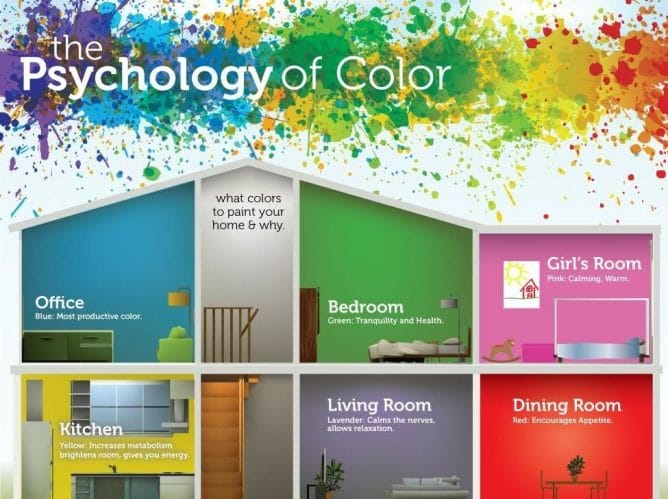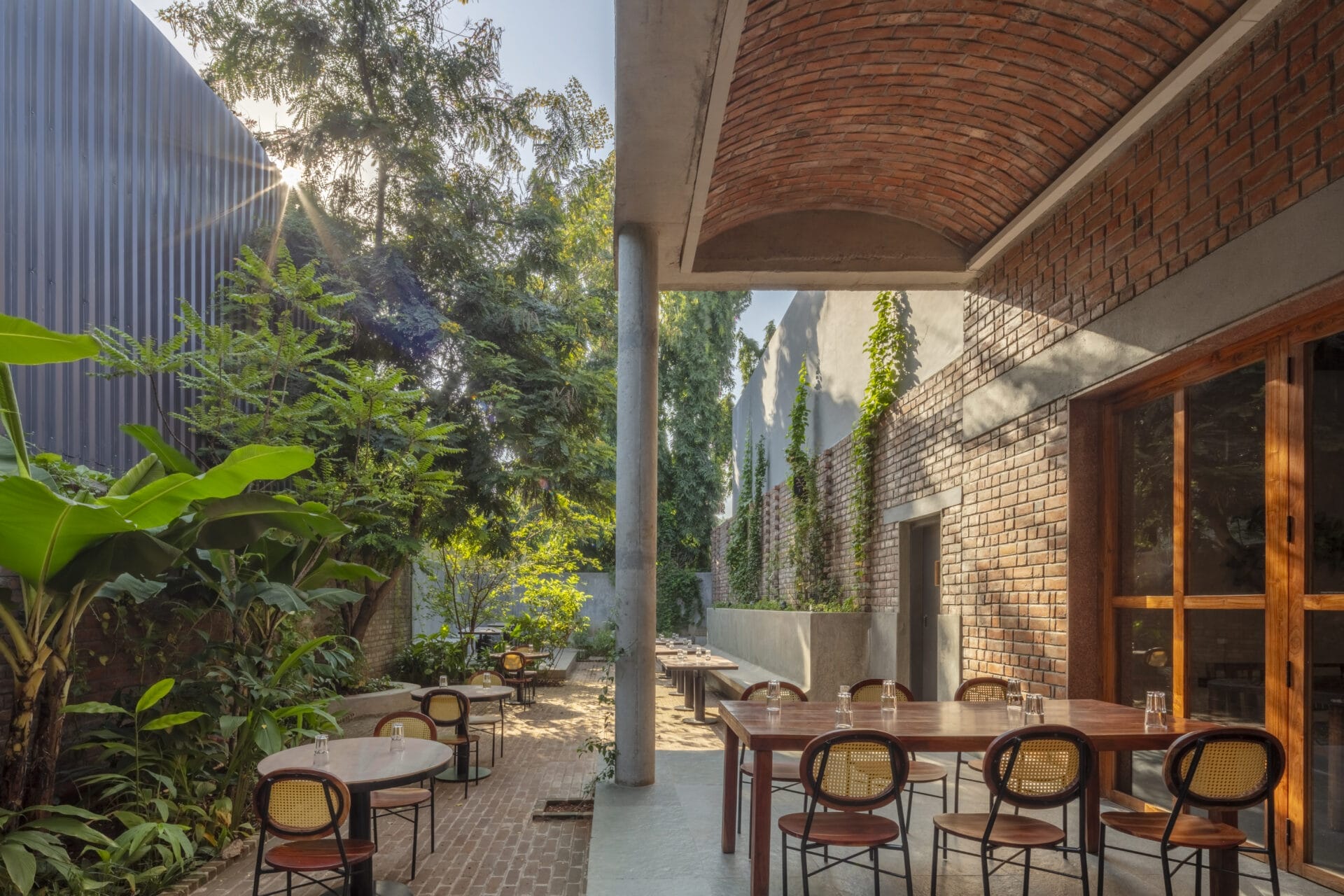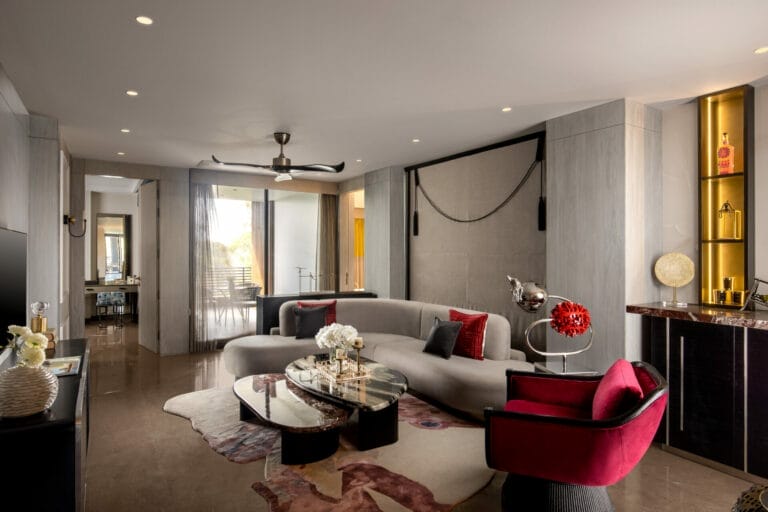
As Zaha Hadid says, Architecture should be able to excite you, calm you, and make you think, do the spaces around you have a conversation with you, or do you enter a space and it affects your mood (positively or negatively)? It does right, this has happened with all of us and maybe the logic behind is something some of you have thrived to research. The answer to this would be PSYCHOLOGY OF ARCHITECTURE.
Psychology is an understanding of human emotions and reactions to an occurrence at a particular time and it intertwines with architecture impacting humans behaviourally and emotionally. It is a relationship between an individual and their surroundings and defines how the color of walls in the living area, the amount of light entering your workspace, or the material used in your bedroom furniture affects your state of mind. As rightly said by EberHard, ‘Buildings can be depressing and uplifting, soothing or surprising’; buildings directly impact our emotional state.

The term environmental psychology was introduced by Willy Hellpach in the 20th century elaborating on the effects of environmental stimuli on human activities, in one of his books. Succeeding him psychologists Egon Brunswik and Kurt Lewin argued about how the organism’s surroundings are equally impactful and should be given importance. They researched on grounds of how human behavior is a combined function of humans and the spaces they are a part of and initiated and encouraged further research on the subject that later formed the basis of understanding for psychology in architecture.
After the publication of David Canter’s book – Psychology of Architects in the 1970s, the Psychology of architecture became a science of its own. He not only discussed surroundings but buildings in specific and their role in human psychology. And as we read we get to know that when we enter a space the cells in the hippocampal region of our brain respond to the geometry of the place and affect mood and behavior, which justifies the fact that we are attuned to our surroundings naturally.

An architectural blunder Pruitt-Igoe housing complex in St Louis, Missouri designed in the 1950s by Minoru Yamasaki could be an appropriate example to analyze the importance of keeping in mind the user needs and priorities and the design impact on the psyche. This housing complex became notorious for its crime and social dysfunctional activities. The open spaces between high-rise blocks discouraged a sense of community and increased crime rates. They were eventually demolished in 1972 as the complex had an overall negative impact in terms of the psychology of architecture.

The built environment impacts our judgments, decision-making, moods, emotional well-being, health, and community participation. Having a positive environment will help one deliver better performances, stay healthy and satisfied, and will drive an individual to stay focused. The perception of space varies with its users and it is important to design a space in a certain way that follows psychological driving factors and provides comfort to each user. A space should be customizable by different clients according to their needs and it can happen through more understanding and combined participation between architect and psychologist towards the psychology of architecture as the actual happenings can only be analyzed with professionals from concerned spheres.

Colors, as an important design element, have a huge emotional impact on humans. Colors reflect their relationships and experiences and also help shape the same. Depending on the intensity and emotional impact, different colors are stated as suitable for different areas, for instance, greens can be used in living areas, oranges can be used in dining spaces, and purples, and pinks in the workspaces. In hospitals, green is the commonly used color as it is soothing to the eyes and catalyzes the healing of patients. The fast-food joints use bright colors and hard furniture to ensure fast eating and movement while the restaurants instill warm darker shades to convey comfort and leisure.

Studies on Ceiling Height in terms of the psychology of architecture show the kind of impact they make on cognition. Individuals tend to be more creative in rooms with more ceiling heights rather than the ones with lower ceilings. The heights affect the thinking process of an individual, the congested-low ceiling units reflect confined thoughts while people in open spaces have more freedom of thought. This can be an effective reason behind the grand structure of religious buildings such as in the case of temples and churches to impart positivity and a sense of release of fear and negativity.
Namazian and Mehdipour stated that “Art and Architecture offer a vehicle for conveying the deepest unconscious thoughts of human beings”. But In many cases, architects tend to ignore the cognitive impacts a building can have on its inhabitants. The zest to design something unique overshadows the importance of psychology-oriented architecture.


The psychology of architecture results in a more user-oriented design as it is majorly concerned with people’s needs and priorities and acts as a guiding source to develop a better human-interactive space. Also, usually, the perceptions of a designer about a built-form and that of a user are different and the variations are getting more pronounced bringing to the table the importance of Context of designing and communication with the user regarding the same.
Image Credits : To the respective owners




















